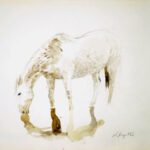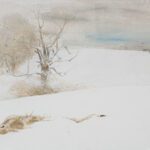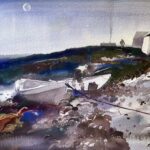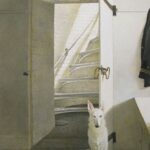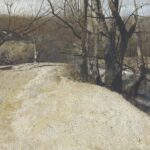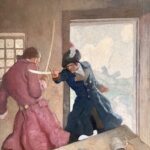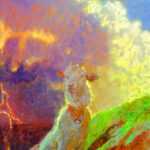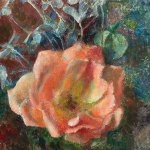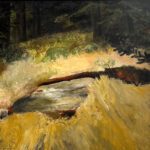Featured Work
Exhibitions
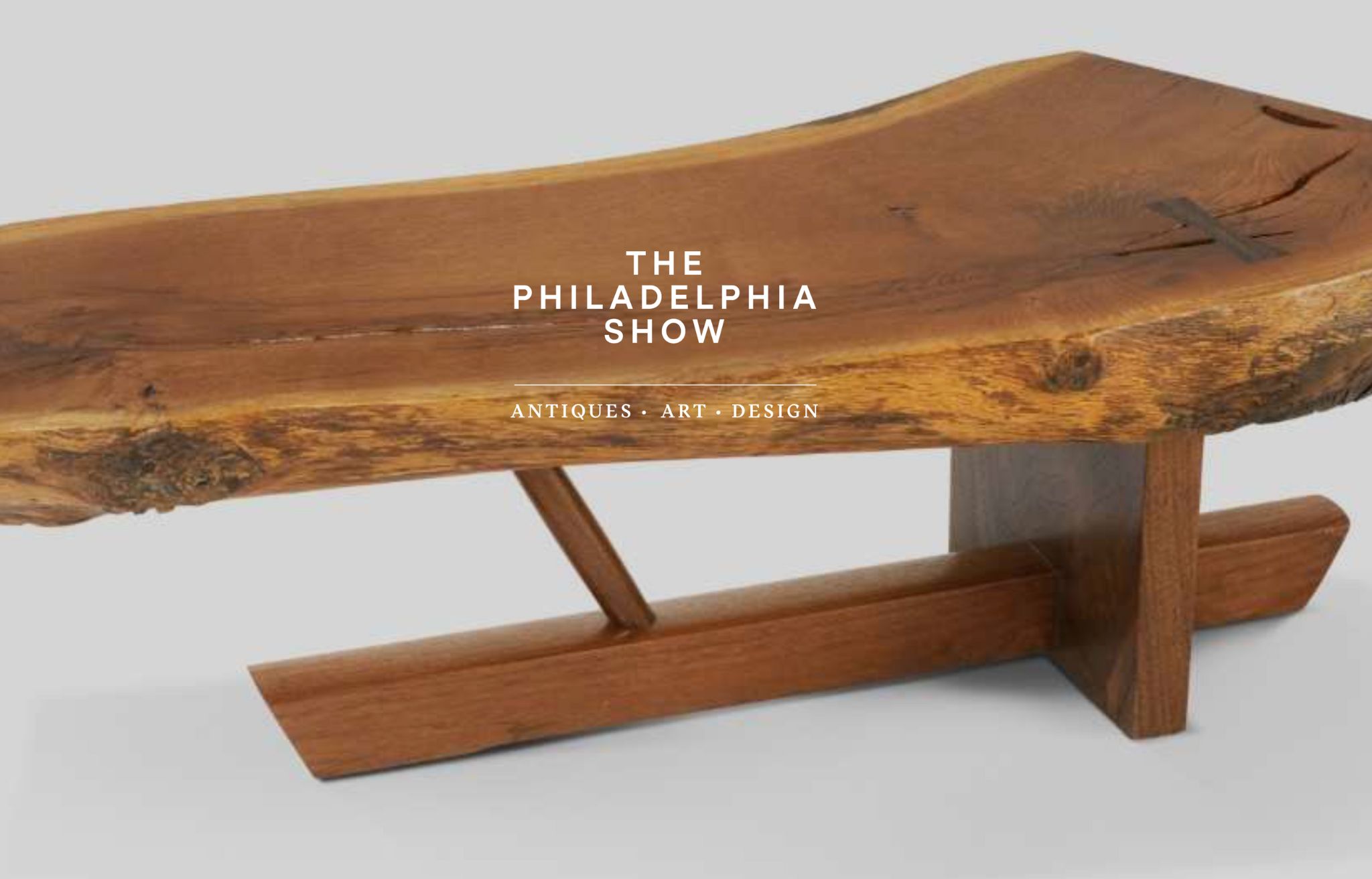
April 26, 2024 - April 28, 2024
The Philadelphia Show 2024 – On View at the Philadelphia Museum of Art
View the Exhibition →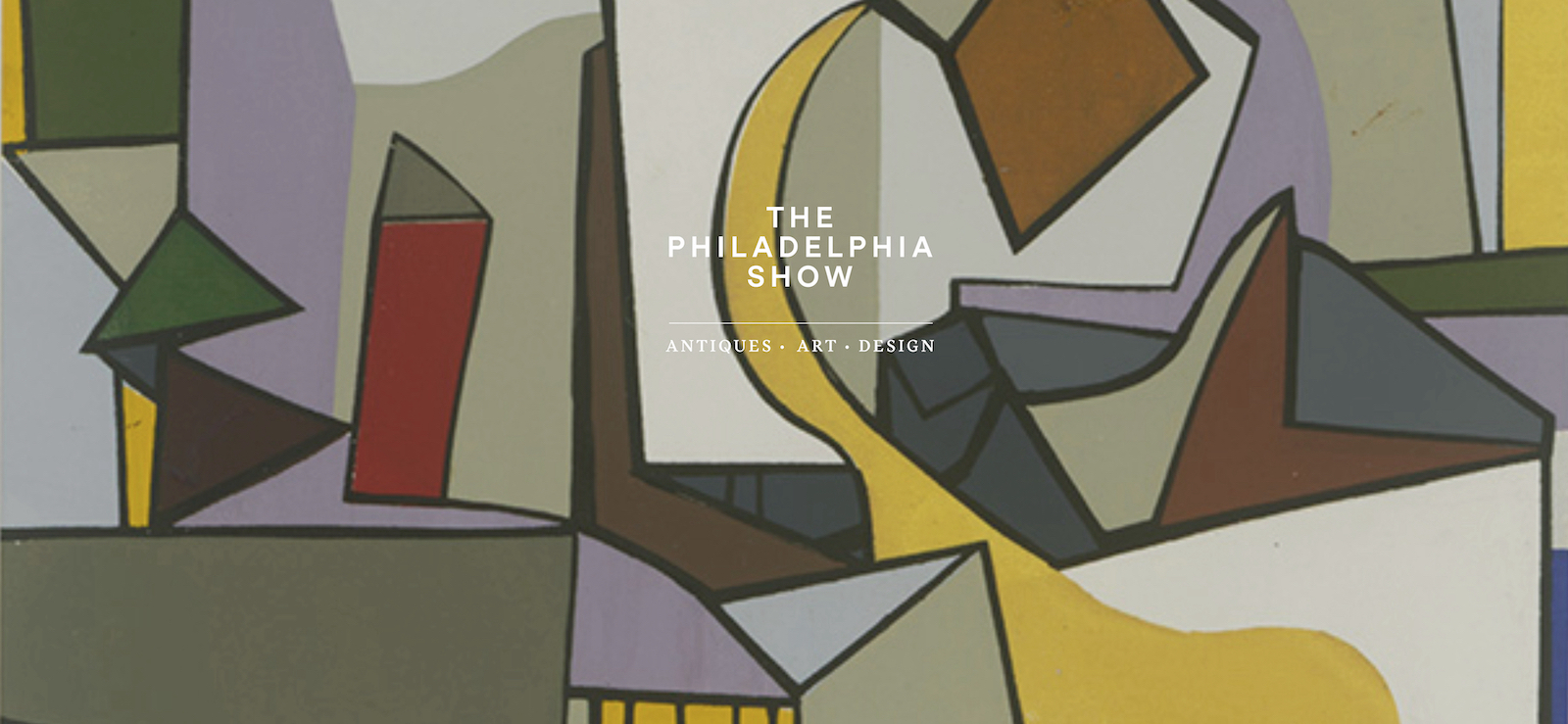
April 28, 2023 - April 30, 2023
The Philadelphia Show 2023 – On View at the Philadelphia Museum of Art
View the Exhibition →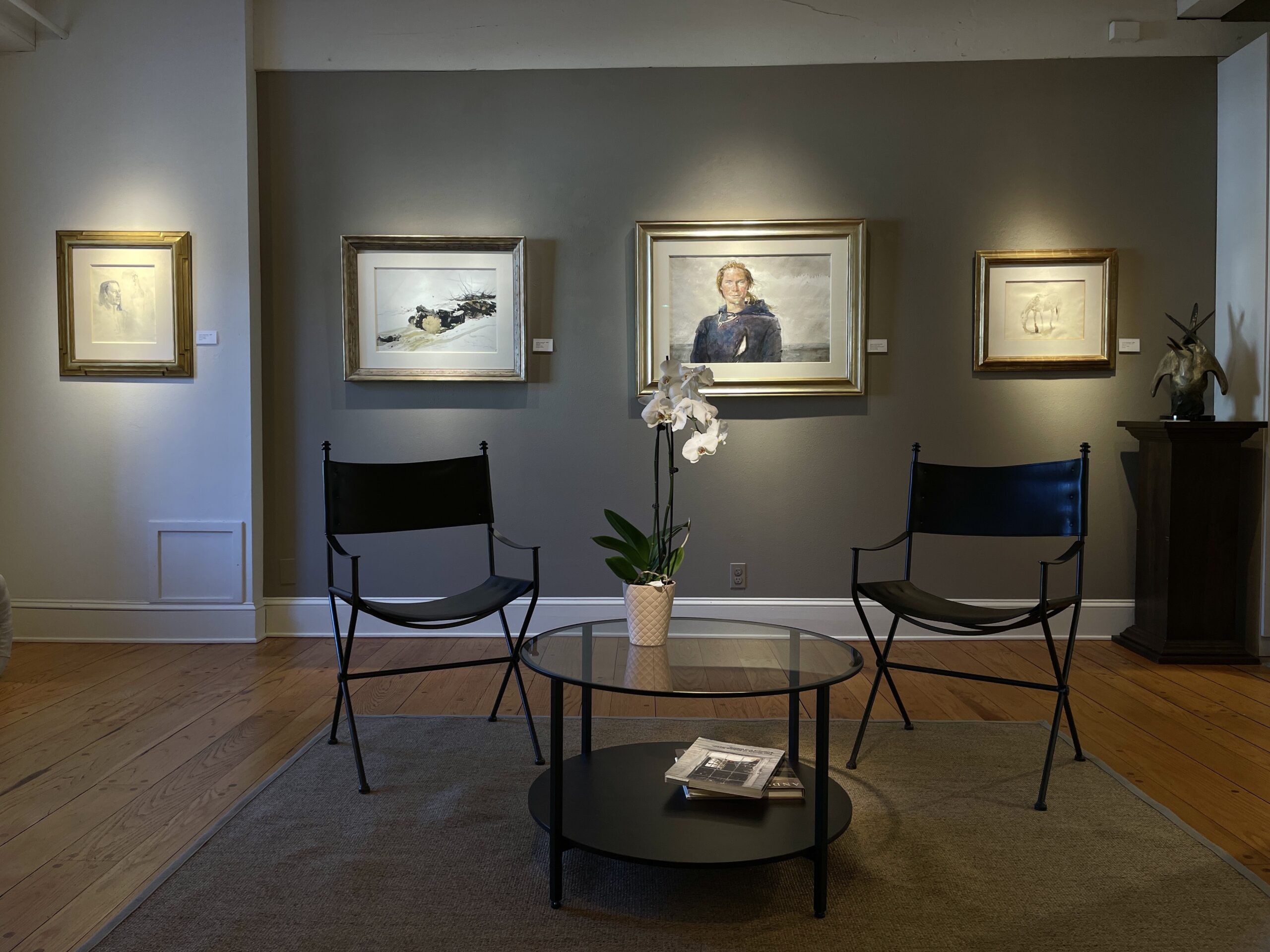
February 14, 2023 - March 11, 2023
Andrew Wyeth: Paintings, Studies and Drawings
View the Exhibition →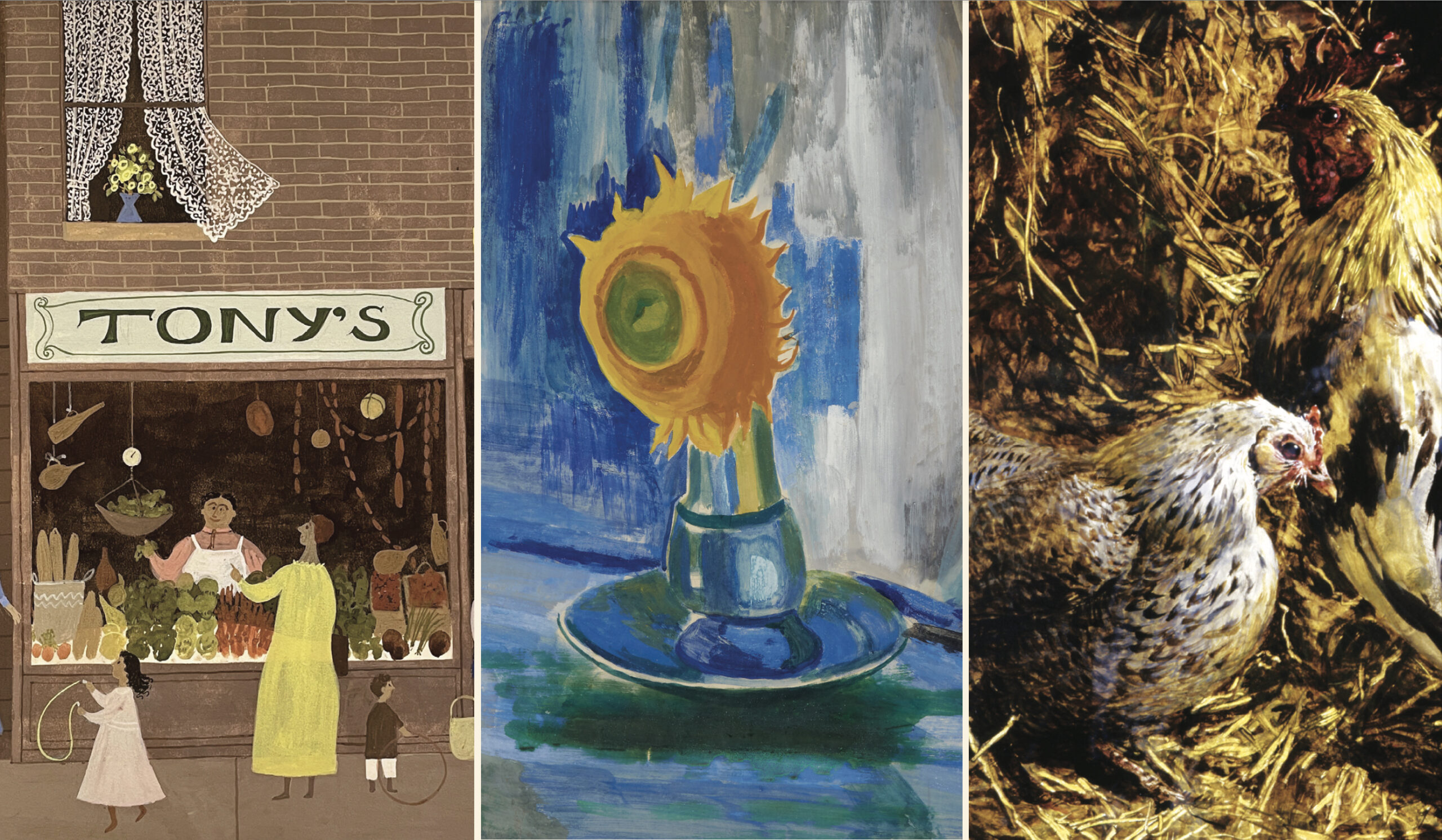
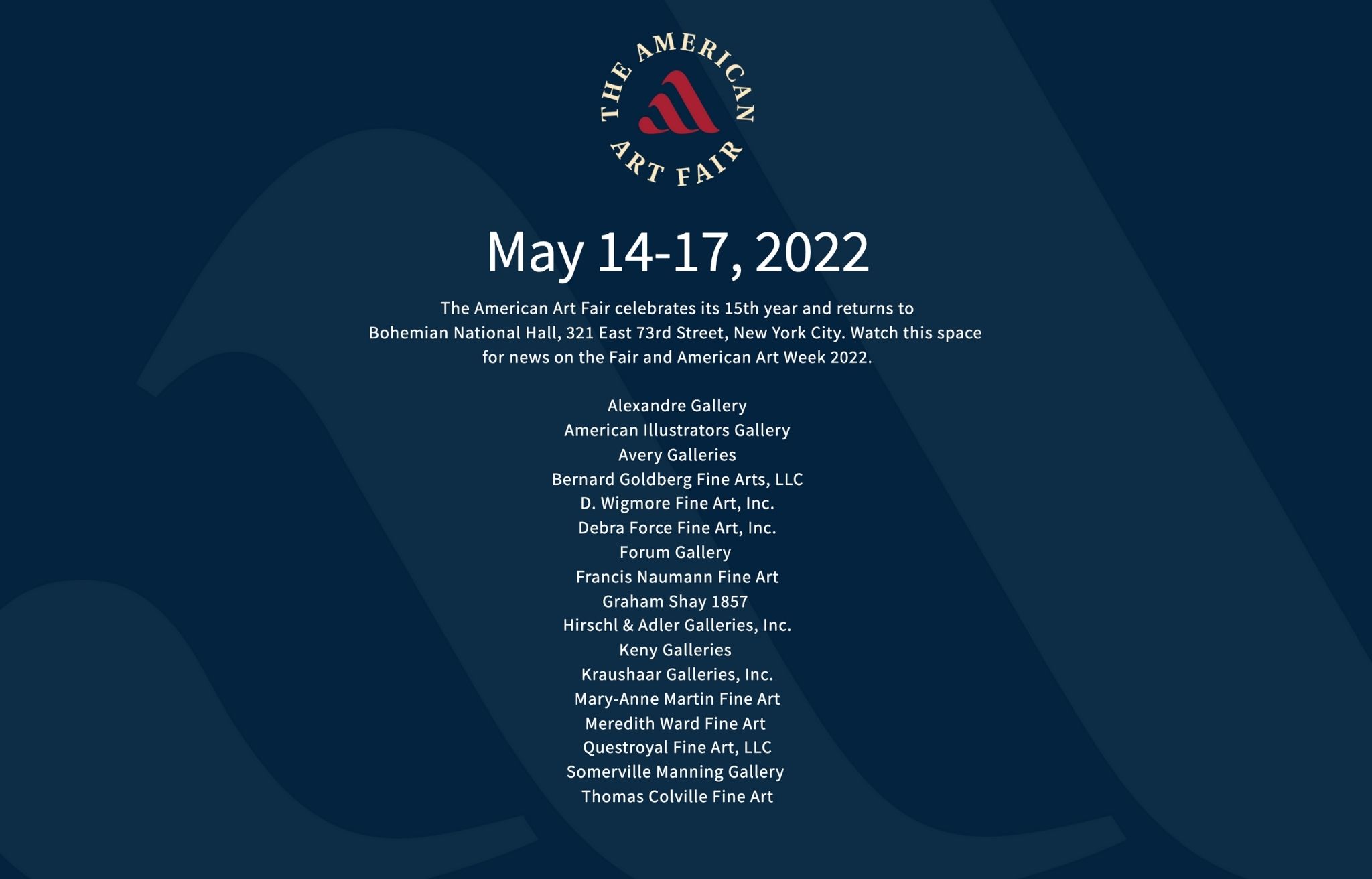
News
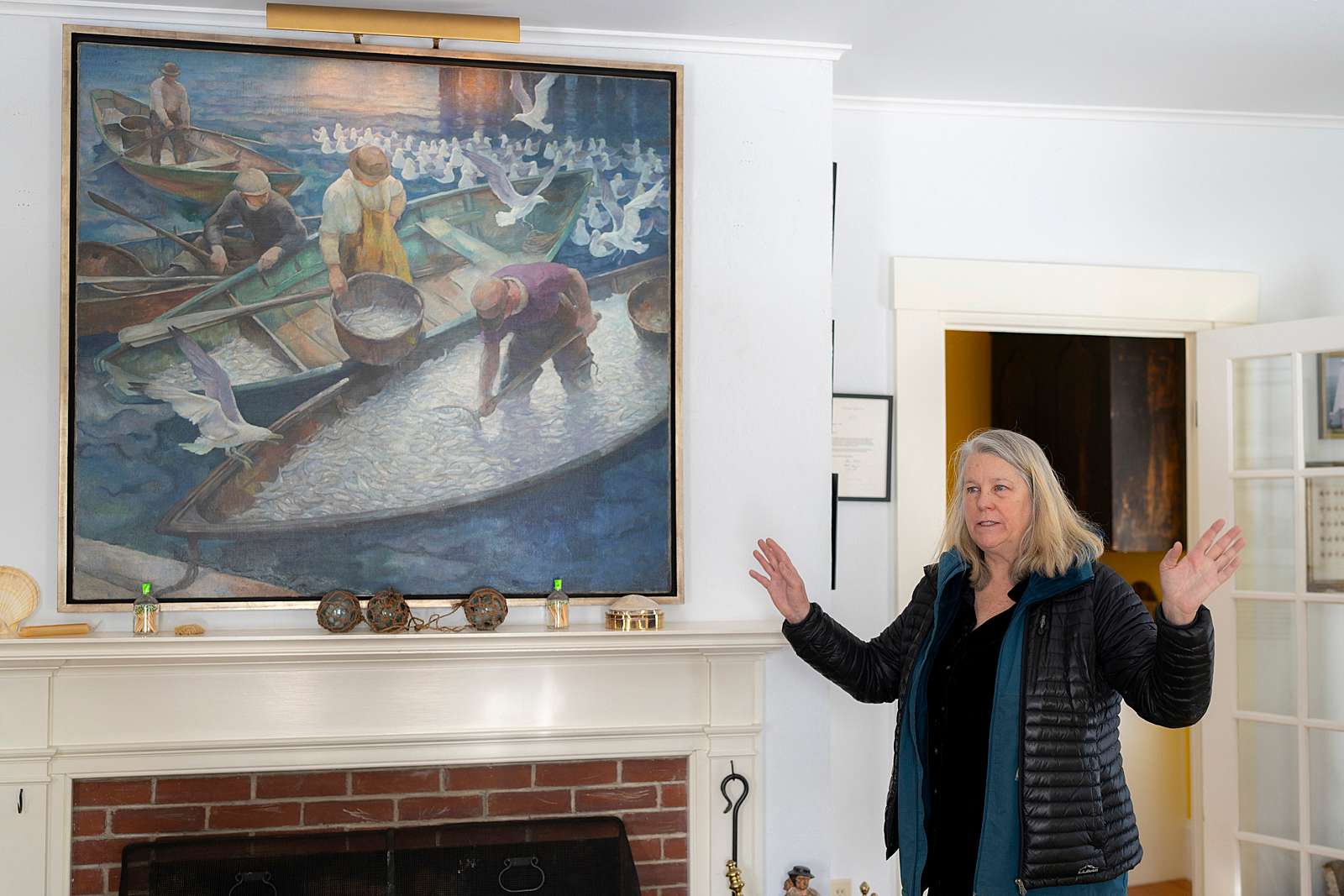

New Andrew Wyeth Exhibit at the Brandywine Museum of Art
February 4, 2023
February 4 - July 13, 2023
View the Article →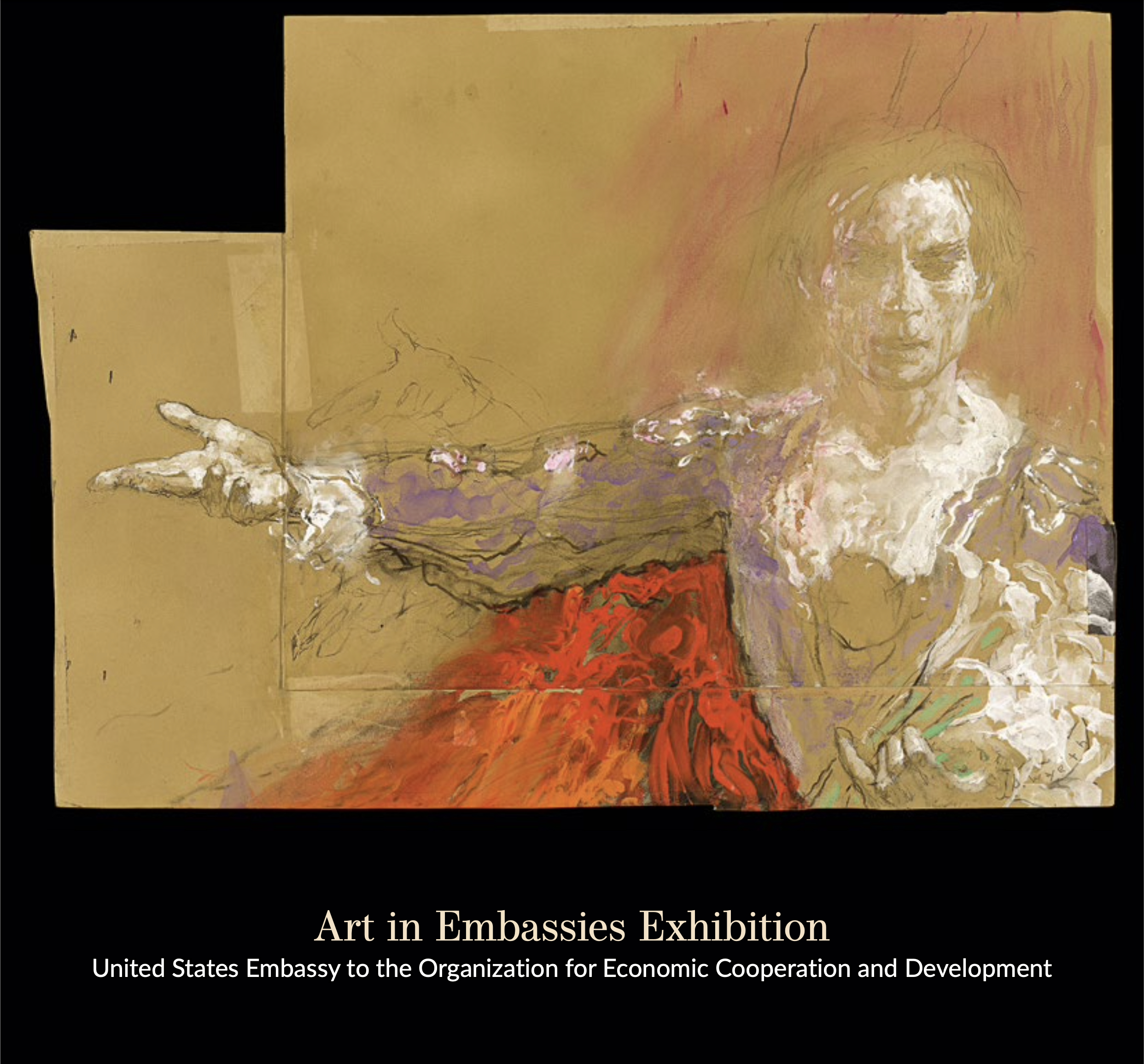
Art In Embassies Program: Paris, France
February 1, 2023
Somerville Manning Gallery contributes to curation of AIE program in Paris, France
View the Article →
Additional Andrew Wyeth Works Now Accessible Through Wyeth Foundation For American Art
April 30, 2022
7,000 Additional Andrew Wyeth Works To Be Made Public
View the Article →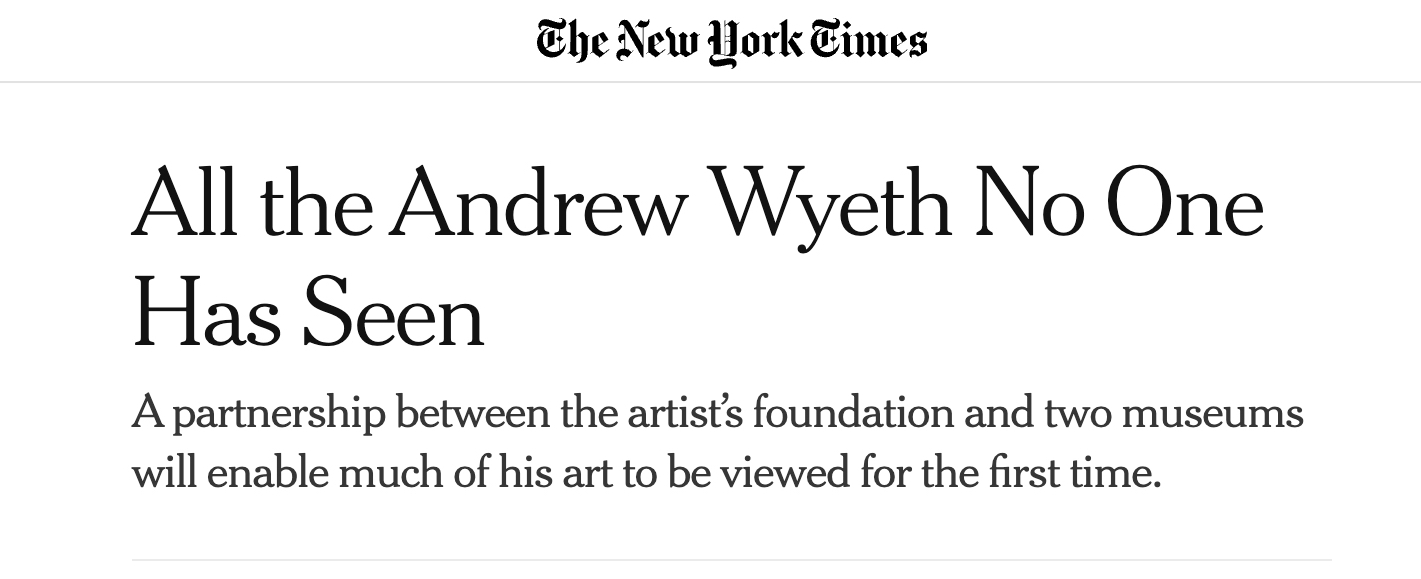
About
A painter of landscape and figure subjects in Pennsylvania and Maine, Andrew Wyeth became one of the best-known American painters of the 20th century. His style is both realistic and abstract, and he works primarily in tempera and watercolor, often using the drybrush technique.
He is the son of N.C. and Carolyn Bockius Wyeth of Chadds Ford, Pennsylvania, and was home-school because of his delicate health as a child. His art instruction came from his famous illustrator father, who preached the tying of painting to life – to mood and to essences and to capturing the subtleties of changing light and shadows.
The Wyeth household was a lively place with much intellectual and social stimulation. Because of the prominence of N.C. Wyeth, persons including many dignitaries came from all over the country to visit the family. Andrew’s sisters Carolyn and Henriette became noted artists, as did his brother-in-law, Peter Hurd. N.C.’s only child to not involve himself in art, Nathaniel Wyeth, achieved much success as a chemist for DuPont where, among many inventions, he created a durable plastic that allowed plastic bottles to hold carbonated beverages.
Andrew Wyeth maintained a style strongly oriented towards Realism when Abstract Expressionism was all-prevalent. Adhering to his own path, he was snubbed by many prominent art critics. However, his paintings have elements of abstraction in that the work derives from his strong feelings about his subjects, which often appear in unusual positions, juxtapositions, and with features highlighted for emotional effect. His work usually suggests rural quiet, isolation, and somber mood, and is devoid of modern-day objects such as automobiles.
In 1937, Wyeth’s first one-man show of watercolors depicting scenes around Port Clyde, Maine, sold out at the Macbeth Gallery in New York. Andrew first spent his summers in Port Clyde with his family, but after his marriage to Betsy James in 1940, he and his wife regularly went to Cushing, Maine.
Christina Olson of Cushing, at the end of Hathorn Point, was his most famous model, but over the years, Wyeth formed close relationships with – and painted – several other Maine neighbors. His closest friend, Walt Anderson, gradually ages before the eyes of viewers in numerous Wyeth drawings and paintings that show life’s changes from the youthful Young Swede (1939) to the older man in Adrift (1982).
The Olson House, where Christina and her brother lived, is now owned and maintained by the Farnsworth Museum, where Wyeth had his first major exhibition in 1951 and where the Andrew Wyeth Gallery is now a permanent exhibition place for his paintings. In 1964, the directors of the Farnsworth Museum paid $65,000 for Wyeth’s painting, Her Room, the highest price ever paid by a museum for the work of a living artist. The Olson House is the first property ever named to the National Register of Historic Places for being recognized as the site of the painting, Christina’s World, one of the most recognized paintings in American art.
After the death of Christina Olson, Wyeth used female models Siri Erickson of Cushing, and Helga Testorf of Chadds Ford. Depictions of the nude Helga, a total of 240 works, provided grist for an avalanche of sensational publicity. The Helga paintings were exhibited in 1987 at the National Gallery of Art, the gallery’s first exhibition of works by a living artist.
Wyeth has received many official honors. In 1963, he was the subject of a cover story for Time magazine and, thanks to President John F. Kennedy, he became the first visual artist to be nominated for the Presidential Medal of Freedom. In 1990, Wyeth received the Congressional Gold Medal, the first artist to have that honor.
Andrew and his wife Betsy had two sons, Nicholas and Jamie, the latter of whom has become a prominent American artist, and the former shares with his father and uncle, Nathaniel, a great fascination with machines, especially aviation.
Exhibitions with Somerville Manning Gallery
2022 American Masters: Art of the 19th – 21st Centuries
2021 PAST | PRESENT | FUTURE
2020 American Masters: Art of the 20th – 21st Centuries
2018 Wyeth to Warhol: Modern Masters From Past and Present
2017 Andrew Wyeth
2017 American Masters: Art of the 19th – 21st Centuries
2016 American and European Masters: Art of the 19th – 21st Centuries
2014 American and European Masters: Art of the 19th – 21st Centuries
2013 American Masters: Art of the 19th – 21st Centuries
2012 American Masters: Art of the 19th – 21st Centuries
2011 Equus
2011 American and European Masters: Art of the 19th – 20th Centuries
2010 American Masters: Art of the 19th, 20th, & 21st Centuries
2006 Andrew Wyeth – Work from Six Decades

